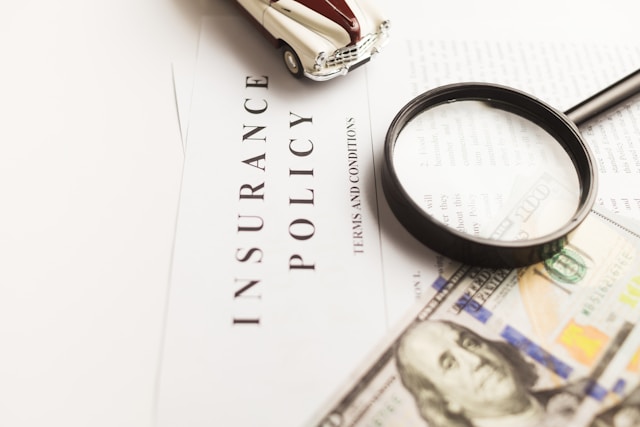Commercial properties face a variety of risks that can lead to significant financial losses. Fires, floods, and other unforeseen emergencies can halt business operations and damage valuable assets. Understanding how to protect your property and respond quickly can make a critical difference in minimizing these losses. This guide outlines strategies for reducing financial risks during property emergencies, with actionable advice for every business owner or property manager.

Assessing Risks Before They Happen
Before any emergency strikes, it is wise to evaluate the vulnerabilities of your property. Assessing risks includes reviewing the structure, electrical systems, plumbing, and security measures. Businesses in areas prone to flooding or storms may need additional precautions such as reinforced foundations or backup power systems. Conducting a risk assessment can also reveal gaps in insurance coverage, allowing you to adjust policies to reflect the real hazards your property might face. Being proactive can save time, money, and stress when an incident occurs.
Hiring Damage Restoration Company
A quick and professional response is crucial when a commercial property experiences damage. Hiring a damage restoration company can prevent small problems from turning into massive financial burdens. When you find a company, you can go now to their website and check their services, response time, and past client reviews, which helps in selecting a team capable of handling emergencies efficiently. A reputable restoration company offers immediate assessment, cleanup, and repair services that can reduce downtime and protect your assets from further damage. Their expertise in handling water, fire, or structural damage can be a determining factor in limiting costs.
Maintaining Insurance Coverage
Insurance coverage serves as a critical safety net when commercial properties face unexpected emergencies. Regularly reviewing and updating your policies helps confirm that they match the specific risks your property may encounter, whether from fire, flooding, theft, or equipment failure. Coverage should extend beyond basic property damage to include business interruption, liability, and protection for specialized equipment.
Maintaining detailed records of property value, inventory, and replacement costs makes the claims process faster and more accurate, which can significantly reduce financial stress after an incident. Promptly communicating with your insurance provider about changes in the property or business operations ensures that you are not underinsured when an emergency strikes. Understanding the nuances of your policy, such as deductibles and coverage limits, allows you to make informed decisions during a crisis, ultimately minimizing the financial impact and supporting quicker recovery.
Implementing Preventative Measures
Preventative measures can dramatically reduce the severity of property emergencies. Installing fire suppression systems, security alarms, and flood barriers lowers the probability of extensive damage. Conduct regular maintenance on HVAC, electrical, and plumbing systems to prevent malfunctions that might escalate into costly repairs. Employee training on safety protocols ensures everyone knows how to respond in case of an emergency. Taking small, consistent steps can significantly reduce the likelihood of events that disrupt business operations and incur large expenses.
Planning for Business Continuity
Emergencies can abruptly halt operations, but having a solid business continuity plan helps maintain essential functions under challenging circumstances. The plan should outline clear procedures for evacuations, data backup, communication with employees and clients, and access to alternative work locations. Identifying critical business functions and the resources necessary to sustain them ensures that operations can continue with minimal disruption.
Regularly updating the plan to reflect changes in personnel, technology, or the physical layout of the property strengthens resilience. Conducting practice drills and reviewing past incidents also helps employees respond more efficiently during real emergencies. Businesses that anticipate interruptions and prepare in advance can minimize financial losses, protect their reputation, and maintain trust with stakeholders even when unexpected events occur.
Evaluating Recovery and Costs
After a commercial property emergency, carefully reviewing the recovery process and associated costs is crucial for learning and future preparation. Documenting repair expenses, lost revenue, and any additional operational costs provides a clear picture of the financial impact. This review should include both direct costs, such as materials and contractor fees, and indirect costs, like staff overtime, temporary relocation, or disrupted client services. Analyzing these details helps identify areas where processes can be improved, such as faster claim submission, better contractor selection, or upgraded preventative measures. Maintaining a thorough record also supports insurance claims by providing evidence of the extent of damage and necessary expenditures.
Managing financial risk in commercial properties requires preparation, quick action, and careful evaluation. Assessing vulnerabilities, hiring experienced restoration services, maintaining proper insurance, implementing preventative measures, planning for continuity, and reviewing recovery costs are all steps that contribute to minimizing losses. By staying vigilant and organized, business owners can reduce the impact of emergencies and protect both their property and their financial stability.



Leave a Reply